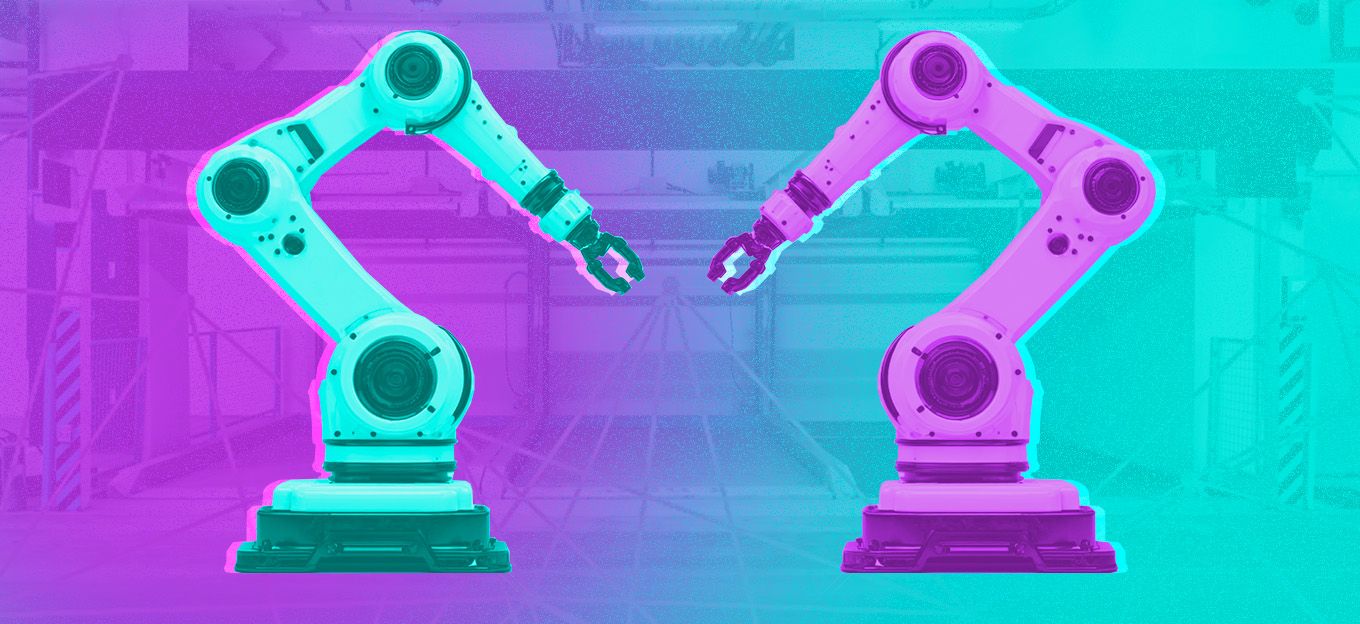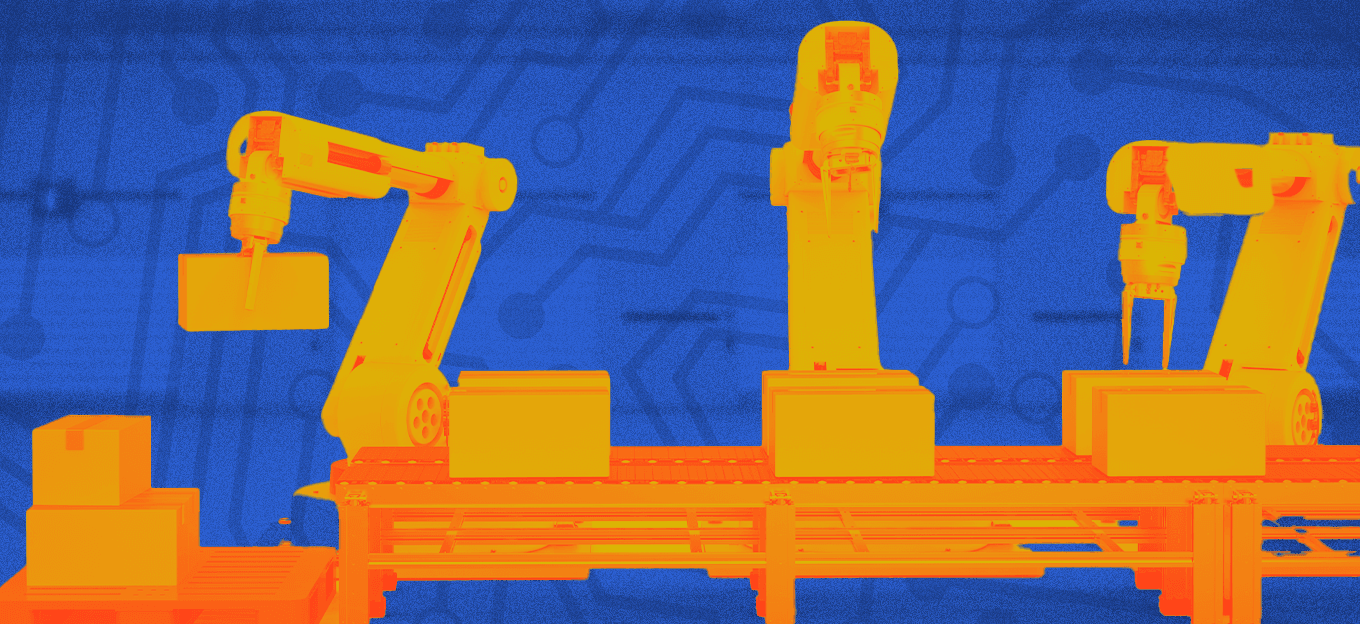Long-Term Strategy for Manufacturers Adopting Industry 4.0
Long-Term Strategy for Manufacturers Adopting Industry 4.0
- Last Updated: December 2, 2024
MachineMetrics
- Last Updated: December 2, 2024



It’s not uncommon for a factory to operate several generations of the same production equipment within a single factory. Except for substantial companies with bottomless pockets, most companies can’t afford to retool very often. They must add their equipment in segments based on a long-term capital plan and their business growth strategy. This method of investing and long-term planning isn’t seen as foreign to most manufacturers. And they adapt their operations accordingly as new equipment becomes available and goes online.
With essential long-term planning and strategy, Industry 4.0 technologies will continue to deliver value to manufacturers worldwide.
As a collection of technologies converging to disrupt the way manufacturers look at production, Industry 4.0 is reshaping concepts about production and how goods are produced. And because they are maturing as a group, there is a long and daunting education and learning curve for any Industry 4.0 technology acquired. But just as manufacturers must develop a strategy for the incremental procurement and upgrade of capital equipment, they should also begin looking at a long-term strategy for implementing Industry 4.0 technology.
A Truly Smart Factory
At the heart of Industry 4.0 are data, specifically big data, and advanced analytics. By collecting data from numerous sources and technologies across the production floor, machine learning algorithms and advanced analytics can offer real-time decision-making for production, maintenance, planning, procurement, inventory management, and a host of other areas. All aspects of the factory would operate from a single version of the truth to fully visualize the production in real-time.
For some industry segments, the concept of utilizing digital twins will allow different product iterations as well as those that predict failure, allowing maintenance to become predictive rather than reactive. This technology also expands and empowers field service applications to provide value-added service to equipment fleets, also known as Equipment-as-a-Service.
Another key element of Industry 4.0 is the Industrial Internet of Things. By fitting manufacturing equipment across generations, standardized data can be obtained that was not accessible before. Many of these devices will set the equipment up for connection to the cloud for production and conditions monitoring, allowing visualization of the production floor in real-time.
All these capabilities combine in cloud computing to create real-time shop floor visibility to improve production efficiency, improve OEE and empower staff through customizable dashboards that allow them to act as the need arises.
The Case for the Long View
While many companies are moving forward with integrating these various technologies, others are trying to find an entry point or are moving in fits and starts. Part of this problem lies with Industry 4.0 compared to the traditional view of tooling and upgrading a factory. And at present, many are looking at and managing the two in different ways. Because of the value-added offerings of the technologies discussed above, manufacturers should instead consider adopting a long-term growth strategy that integrates both.
The most obvious reason is that these technologies, especially IIoT, can “level” the capability for data collection from production equipment, allowing for the potential deferment of CAPEX plans to upgrade. As data is now accessible from legacy analog equipment and digital, production can be visualized and managed both locally at the operator station and globally by managers and technicians. This can extend the life of production equipment allowing CAPEX funds to be spent on more critical needs. Considering Industry 4.0 and standard capital expansion as two distinct processes makes no sense given that Industry 4.0 technology can lessen or alleviate some of those outlays when working together.
There are also practical reasons for long-term planning for adoption as well. The skills shortage in manufacturing is well documented over the last few years. As companies look to add equipment, they would do well to plan it side by side with embedded IIoT or added IIoT capacity. This could help alleviate the growing labor shortage and empower machine robotics with autonomous or semi-autonomous actions for both operation and repair. Again, considering Industry 4.0 adoption separately from general growth plans leaves labor savings dollars on the table.
Choosing a Path
The various technologies that makeup Industry 4.0 will transform the manufacturing world in the coming decades. And planning that adoption strategy over time can deliver big savings. One study by PwC estimates that companies utilizing Industry 4.0 technology will see 3.6% cost reductions through 2021 and an additional 2.9% of increased revenue through the digitization of products and services.
Manufacturers must also look at service and device providers as long-term strategic partners. It is estimated that full automation of an industry can take as long as 10-15 years. During this time, as the technologies for Industry 4.0 continue to mature, these providers can offer support and expertise to help plan a solution tailored for each manufacturer. The technology supplier may be able to help craft an adoption that fits a specific manufacturer’s need.
Just as companies plan growth over time, so too will they need to plan for the scale of their Industry 4.0 system. A company may start with simple edge software collecting data from sensors to manage OEE and production. But over time, as the benefits accrue and as the impact of the quality of the data and analysis becomes apparent, a company may want to scale to include more devices across the factory's broader footprint. This would allow them to track products in the supply chain, manage inventory more accurately, develop predictive maintenance, and not consider many other propositions at the outset of the journey.
The technologies that makeup Industry 4.0 will continue to deliver value to manufacturers across the globe. And long-term planning is critical for manufacturers as Industry 4.0 continues to gain steam through increased adoption. As these technologies mature, it will become clear that planning implementation as an integral part of an overall business growth strategy should be done alongside traditional business planning and not conducted separately.
The Most Comprehensive IoT Newsletter for Enterprises
Showcasing the highest-quality content, resources, news, and insights from the world of the Internet of Things. Subscribe to remain informed and up-to-date.
New Podcast Episode

Moving Past the Pilot Phase in IoT and AI
Related Articles





